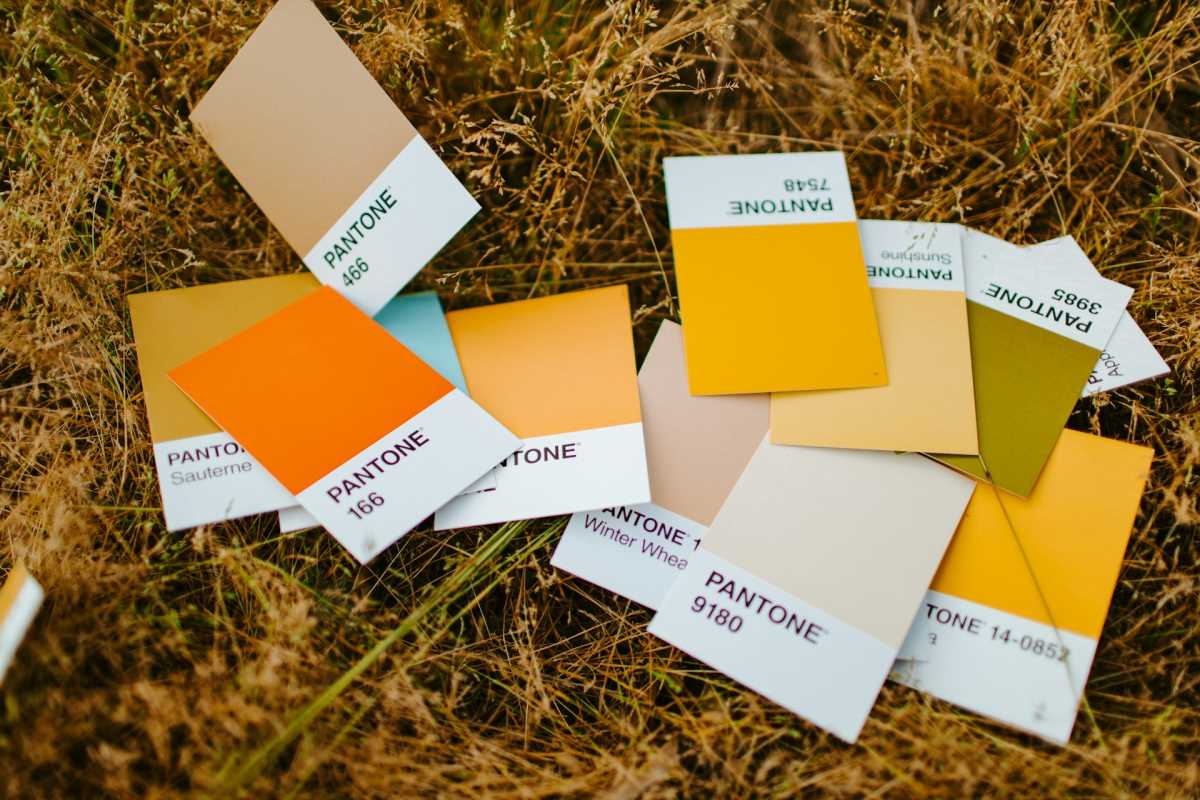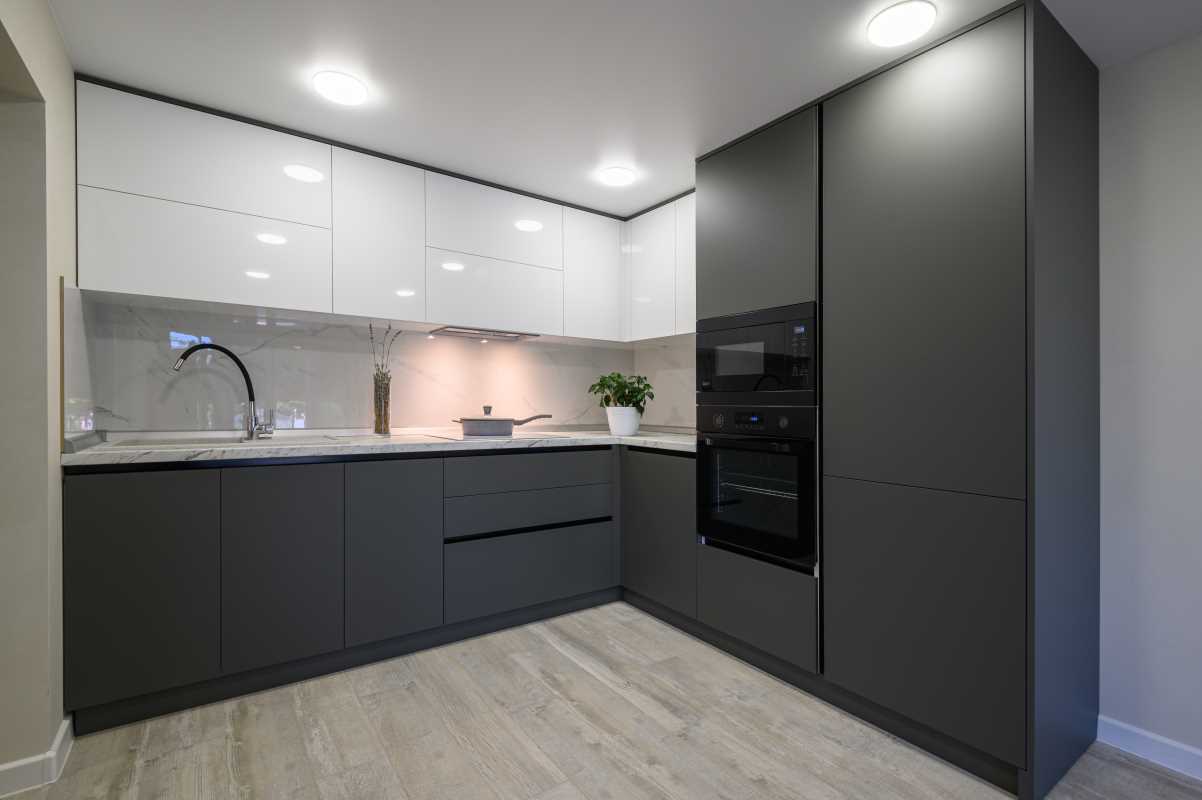When it comes to giving your home a fresh look, painting is one of the easiest and most effective ways to breathe new life into your space. But have you considered what’s actually in that paint? Traditional paints often contain VOCs (volatile organic compounds), which can release harmful chemicals into the air, affecting your health and the environment.
Luckily, low-VOC paints are a safer, greener option that allows you to update your home while keeping indoor air quality in check. Wondering how to choose the right one? This guide will walk you through everything you need to know, from understanding VOCs to selecting the best low-VOC paint for your space.
What Are VOCs and Why Do They Matter?
VOC stands for volatile organic compounds, which are chemicals that easily evaporate into the air at room temperature. While VOCs might sound harmless, they can negatively impact your health and contribute to environmental pollution.
Common Sources of VOCs in Paint
- Solvents used to keep the paint fluid and easy to apply.
- Preservatives that prevent the paint from spoiling.
- Fragrances or Additives included for aesthetic or functional purposes.
Why You Should Be Concerned About VOCs
- Health Risks: Short-term exposure to VOCs can cause headaches, dizziness, eye irritation, and nausea. Long-term exposure has been linked to respiratory issues and even cancer in extreme cases.
- Indoor Air Quality: VOCs can significantly lower air quality, especially in closed spaces with poor ventilation.
- Environmental Impact: VOCs contribute to the formation of ground-level ozone, a key component of smog that harms the environment.
By opting for low-VOC paints, you can minimize these risks while still achieving the colorful, polished look you desire.
What Does “Low-VOC” Mean?
Low-VOC paints are engineered with significantly fewer volatile organic compounds than standard paints. These products release fewer harmful chemicals into the air, making them a healthier choice for you, your family, and the planet.
How Are VOC Levels Measured?
- VOC content is typically measured in grams per liter (g/L).
- Low-VOC Paints generally contain 50 g/L or less.
- No-VOC Paints (also called zero-VOC) contain fewer than 5 g/L.
While low-VOC options are a big improvement over traditional paints, it’s worth noting that “zero-VOC” doesn’t always mean completely VOC-free, as some tinting agents can still add VOCs to the mix.
How to Identify Low-VOC Paints
With so many paint options available, how do you pinpoint the ones that are truly low-VOC? Here are the basics of reading labels and understanding certifications.
1. Look for Low-VOC or No-VOC Labels
Reputable paint brands clearly label their low-VOC or no-VOC products. Keep an eye out for terms like “Low-VOC,” “Zero-VOC,” or “Green Seal Certified.”
2. Check the VOC Content
- Look for VOC levels printed on the paint can, usually listed in g/L.
- For low-VOC standards, aim for paints with VOC levels of 50 g/L or less.
3. Understand Certifications
Certifications can help you quickly identify eco-friendly paints. Here are some common labels to look for:
- Green Seal Certified: Indicates VOC levels are below industry standards and that the paint meets environmental and health requirements.
- Greenguard Gold: Ensures that the paint emits low levels of harmful chemicals and is safe for sensitive environments like schools or healthcare facilities.
- LEED Contributions: Many low-VOC paints contribute to fulfilling requirements for LEED-certified building projects.
4. Confirm Tint Safety
Even low-VOC paints can gain VOCs during the tinting process. Ask your supplier to use low-VOC or VOC-free tints to maintain the paint’s integrity.
Choosing the Right Low-VOC Paint for Each Room
Different spaces in your home have unique requirements when it comes to paint durability, finish, and safety. Here’s what you should consider for each area.
Kitchen and Bathroom
These high-moisture areas require paints that can withstand humidity and frequent cleaning.
- Recommended Finish: Semi-gloss or satin for durability and mold resistance.
- Low-VOC Options: Choose paints labeled as mildew-resistant or formulated specifically for kitchens and bathrooms.
Bedrooms and Living Rooms
Since these spaces are used for relaxation, it’s essential to prioritize low-VOC paints to maintain healthy air quality.
- Recommended Finish: Matte or eggshell for a soft, cozy look.
- Low-VOC Options: Look for paints with certifications like Greenguard Gold to ensure minimal chemical emissions.
Kids’ Rooms and Nurseries
When painting spaces for babies or children, safety is paramount.
- Recommended Finish: Eggshell or satin for easy cleaning without compromising aesthetics.
- Low-VOC Options: Opt for zero-VOC products and confirm that they’re free of harsh chemicals like formaldehyde or phthalates.
Outdoor Spaces
Exterior paints contain higher VOCs to withstand harsh weather, but there are safer alternatives available.
- Recommended Option: Low-VOC or “Green Seal Certified” exterior paints designed for durability and minimal emissions.
Additional Tips for Using Low-VOC Paints
Even when using low-VOC products, the way you apply the paint can affect your health and comfort. Follow these tips for the best results.
1. Ensure Proper Ventilation
Keep doors and windows open while painting, and consider using fans to circulate fresh air. This helps reduce exposure to any lingering fumes.
2. Use the Right Tools
- High-quality brushes and rollers ensure smooth application, reducing the need for multiple coats.
- Invest in tools that are easy to clean to avoid unnecessary waste.
3. Wear Protective Gear
Use gloves and a mask to further minimize exposure, especially if you’re painting for extended periods.
4. Dispose of Leftover Paint Responsibly
Take unused low-VOC paint to your local recycling or hazardous waste center instead of discarding it in the trash.
Top Brands Offering Low-VOC Paints
To get started on your low-VOC painting project, here are some trusted brands that combine safety, style, and performance.
- Benjamin Moore Natura: A zero-VOC line that offers excellent coverage and a wide range of colors.
- Sherwin-Williams Harmony: VOC-free with advanced odor-reducing technology.
- Behr Premium Plus: Affordable and environmentally friendly, available at most major home improvement stores.
- Freshaire Choice: Formulated without VOCs, toxins, or harsh chemicals.
- Clare Paint: Modern, zero-VOC paints available in curated palettes for easy selection.
Switching to low-VOC paints is a simple change that can make a big difference for your health, home, and the planet. By understanding what VOCs are and following the tips in this guide, you can confidently select safer, eco-friendly paint for every space in your home.
 (Image via
(Image via





